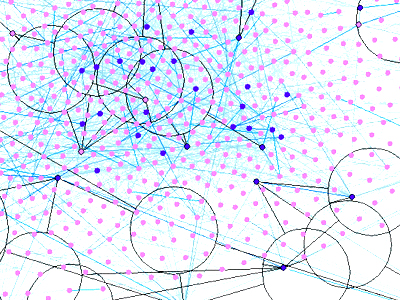
NETWORKED LEARNING DEFINITIONS
- Goodyear, 2005: Networked learning is learning in which information and communications (ICT) is used to promote connections: between one learner and other learners, between learners and tutors; between a learning community and its learning resources.
- Ryberg et al., 2012: the ideas of relations and connections suggest that learning is not confined to the individual mind or the individual learner. Rather, learning and knowledge construction is located in the connections and interactions between learners, teachers and resources, and seen as emerging from critical dialogues and enquiries. It seems to encompass an understanding of learning as a social, relational phenomenon, and a view of knowledge and identity as constructed through interaction and dialogue
- Jones, 2008: networked learning aligns well with social practice, socio-cultural or social learning theories that also situate and analyse learning as located in social practice and interaction, rather than as a phenomenon of the individual mind.
PLEs perils in regard to
- Experience: may threaten or loosen the shared experience of studying a course
- Exposure to diversity: may encourage a narrow private view
- Privacy: user behavior may adapt to the perceived requirements of a sytem
- Content: it overemphasizes delivery of personalized content at the expense of communication with others (Dirckinck-Holmfeld and Jones, 2009)
References
Ryberg, T., Buus, L., & Georgsen, M., 2012. Differences in understandings of networked learning theory: Connectivity or collaboration? In L. Dirckinck-Holmfeld, V. Hodgson, & D. McConnell (Eds.), Exploring the Theory, Pedagogy and Practice of Networked Learning (pp. 43-58). Springer Science+Business Media B.V., DOI: 10.1007/978-1-4614-0496-5_3
Image available here
